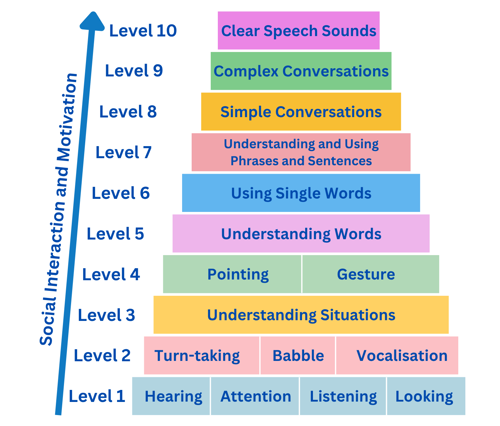Many children successfully learn more than one language at home before they go to nursery or school. Others will learn one language at home and then go on to learn English as an additional language when they start nursery or school. Here are some tips and information to help you if your child is exposed to more than one language:
- Speak your strongest or first language at home so that your child hears a good language model.
- Sometimes if more than one language is used in a home, people will switch from one to the other. This will not impact on your child's language but try to be consistent with vocabulary. If you use the word 'roti' try not to call it a 'chapati' at another time.
- To learn any language a child has to hear it often. Talk to your child every day during everyday activities like bath time, meal times and in social situations.
- Encourage all attempts to communicate in any way or in any language whether they are using words, gesture or facial expression. Show them you are interested in them.
- Children learning more than one language often go through a silent period. Don't worry they might not say anything for several months in the new environment. This is a natural process.
- An environment which exposes children to more than one language should not bring difficulties or cause delay in learning language. There is lots of evidence that learning to speak and use more than one language can benefit a child's overall academic and intellectual progress.
For more information and advice have a look at the Bilingual section on CBeebies Parenting.



 th r - these sounds are tricky and I might be 7 before I have got them just right
th r - these sounds are tricky and I might be 7 before I have got them just right






